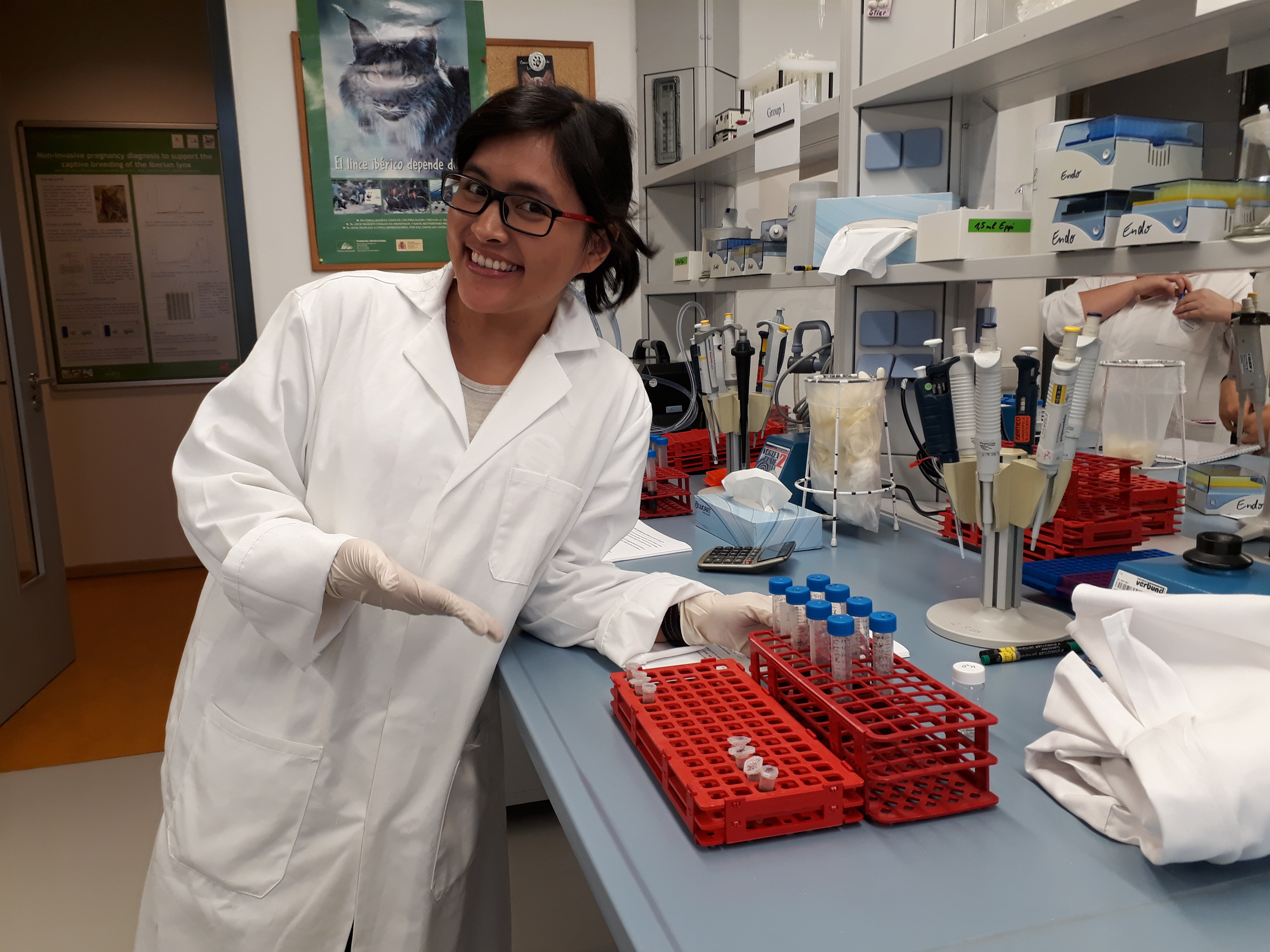News
A urine test for badgers, and beyond
Once upon a time field ecologists needed only a pair of Wellington boots and some binoculars to peep into the private lives of their subjects – times change and after 35 years WildCRU’s long-term study of badgers relies on ever more sophisticated techniques to untangle their social lives. Insofar as these badgers have been seen mating in every month of the year, it was important to know when they were – hormonally speaking – reproductively active. Animal ecologists, and conservation biologists often want to answer this sort of question, so a non-invasive methodology for measuring hormones would be widely useful – if your patient is wild, large and fierce that rules out the gold-standard method of measuring hormones in the blood, specifically the plasma. Of course, for people, one commonly used alternative is urine – be that to test athletes for unnatural levels of testosterone, evidencing steroid abuse, or as the basis of pregnancy tests used by millions of women worldwide. But does this work for other animals?
Working with badgers that are captured routinely in our long-running Badger Project, Nadine Sugianto and Christina Buesching collected samples of ‘pee’ from sedated individuals by palpating their bladders (an unusual skill with which to enliven dinner conversation). Under these circumstances it was possible to collect blood samples at the same time, and thus to compare the hormone profiles of the blood and the urine, and at the same time to check for any visual clues to reproductive activity – descended testes in males, swollen vulva in females.
What did they discover? The answers have just been published, and at the population level – that is, considering the average badger – there was a neat correspondence between overall urinary testosterone metabolite and urinary total oestrogen metabolite excretion with seasonal badger reproductive patterns. These hormonal metabolites were most concentrated during the badgers’ mating season in late winter. In short, at the population level, urine provided a good crude indicator. But what about the individual male badger nervously awaiting the outcome of his doping test? It worked – there was strong correlation between urinary and plasma testosterone levels on a short-term, individual basis.
In contrast, when it came to monitoring a female badger’s urine in the hope of judging the best time for her to conceive, the urine sample was a poor indicator of the hormones pulsing in her veins. Why this difference. Possible it arises because oestrogen is metabolised in a different way to testosterone, with the consequences of either or both of a longer time lag between circulation and excretion (hence the correlation on a wider time scale), or causing metabolites to evade the biochemical test we used.
So the jury is still out, and although the results will likely vary between species, there is clearly potential to assess the reproductive condition of at least male mammals by testing their urine. It is also likely that, once calibrated, urinary hormone metabolites might reveal the peak in the breeding season for both sexes at the population level. This would be a terrific asset to conservation ecology and breeding programmes, where non-invasive endocrine monitoring could provide a tool to enhance the understanding and management of the species in captivity and in the wild, without the need to obtain a blood sample. And as for Nadine, the combination of veterinary, endocrinological and ecological skills she acquired in her doctorate have stood her in good stead: she has secured an excellent post-doctoral position through Birmingham University to apply her skills to the rehabilitation of rescued orang utans being prepared for return to the wild.
For full details, see:
Sugianto, N. A., Dehnhard, M., Newman, C., Macdonald, D. W., & Buesching, C. D. (2020). A non-invasive method to assess the reproductive status of the European badger (Meles meles) from urinary sex-steroid metabolites. General and Comparative Endocrinology, 113655.
-
 Dr Nadine Sugianto
Dr Nadine Sugianto





